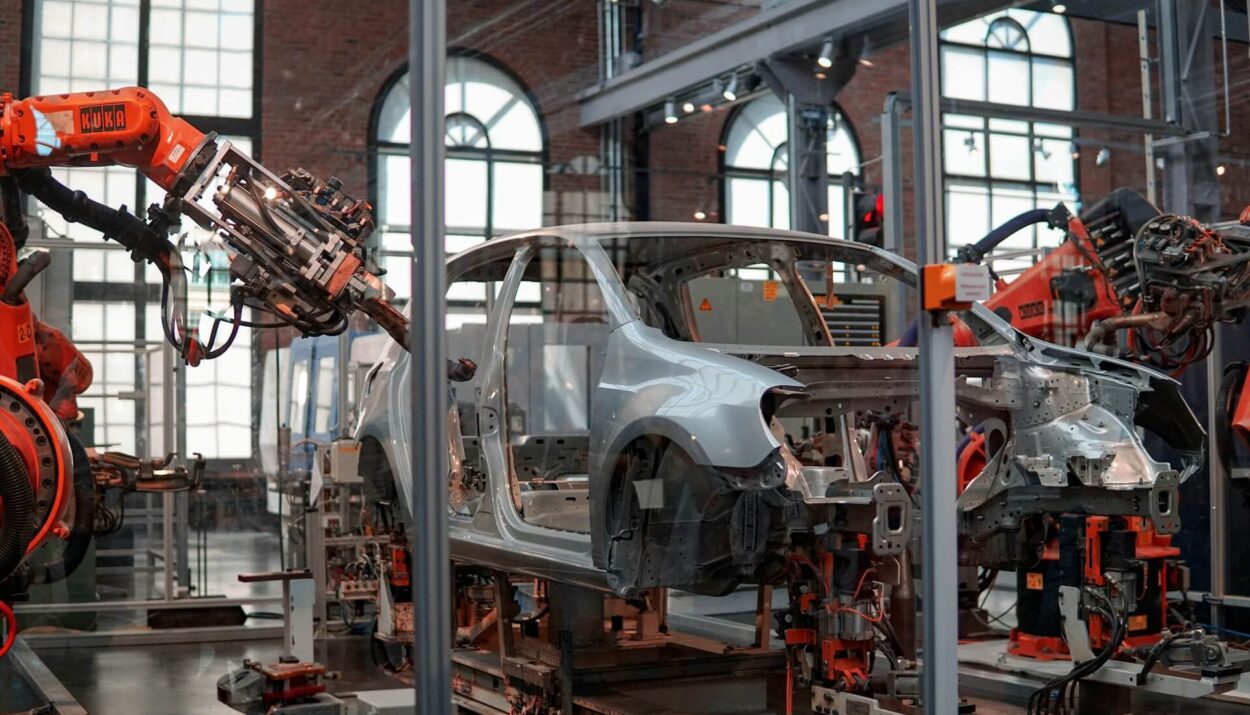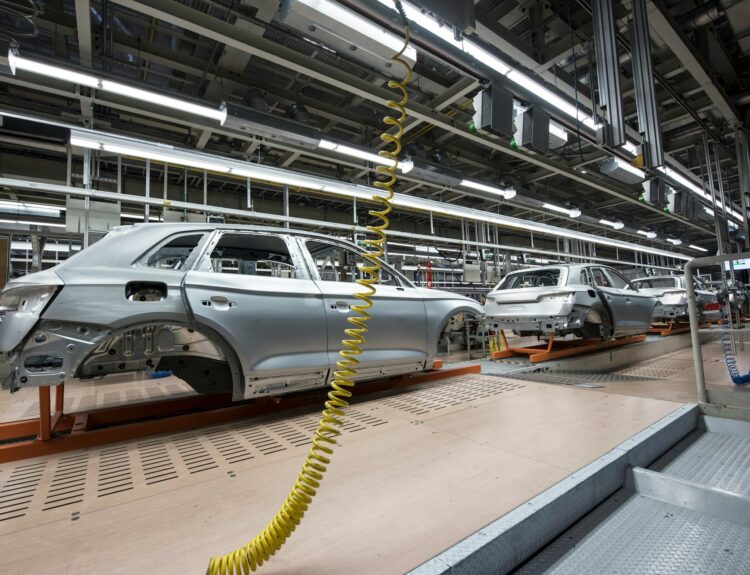In an era where businesses grapple with the incessant demands for efficiency and productivity, Robotic Process Automation (RPA) stands out as a silent revolution. From automating mundane tasks to streamlining complex processes, RPA promises a new paradigm in the way we work. But what exactly is RPA, and how is it reshaping industries across the globe?
Unpacking Robotic Process Automation
RPA leverages software robots ‘bots’ or ‘digital workers’ to emulate human interaction with computer systems. This can include everything from data entry and processing to complex troubleshooting tasks that require multiple steps.
The key difference between RPA and traditional automation lies in the flexibility and adaptability that these digital workers can bring to the table. RPA doesn’t require a replacement of existing IT systems, as it can typically be overlaid on top, enabling a cost-effective solution for process improvement.
The Birth of a Revolution
The RPA movement, which emerged in the early 2000s, has rapidly gained momentum due to improvements in artificial intelligence and machine learning. These advancements have enabled software robots not only to follow pre-programmed rules but also to ‘learn’ by example and improve their performance over time.
RPA Execution Models
There are three primary execution models within the RPA sphere:
- Attended RPA: Works alongside human workers on desktops
- Unattended RPA: Automated tasks in the background, independent of human intervention
- Hybrid RPA: A combination of both attended and unattended RPA
Each model has its applications and can be applied based on the unique requirements of a given business process.
RPA Driving Forces
Across industries, several factors are propelling the adoption of RPA:
- Cost Efficiency: By deploying digital labor that runs 24/7, businesses can significantly reduce their operational costs.
- Streamlined Process: RPA cuts down on processing times and minimizes human errors, leading to a more efficient workflow.
- Improved Customer Service: Faster response times and error-free processing directly improve customer satisfaction.
- Data Analytics: RPA’s ability to organize and process vast amounts of data contributes to more informed decision-making.
- Scalability: Digital workers can be easily scaled up or down, depending on the volume of work, without requiring additional human resources.
- Compliance: In industries with stringent regulations such as finance and healthcare, RPA ensures that processes are carried out in a compliant manner and documents are correctly filed and managed.
The RPA Landscape
Industries across the spectrum are realizing the benefits of RPA.
Banking and Finance
In the banking and finance sector, RPA automates the processing of loans and claims, manages customer data, and executes transactions. The result is faster processing times, which benefits both the institution and the customers.
Furthermore, compliance tasks, such as anti-money laundering checks, can be conducted more efficiently and accurately, reducing the risk of fraud.
Healthcare
Healthcare is adopting RPA to manage patient records, claims processing, and appointment scheduling. RPA solutions ensure data accuracy and enable healthcare professionals to focus on patient care rather than administrative tasks.
Customer Service and Support
RPA’s role in customer service is pivotal. It can handle repetitive customer inquiries, track and escalate complaints, and even assist with returns and refunds. This not only improves the customer experience but also allows human agents to work on more complex, high-value tasks.
Manufacturing and Supply Chain
For manufacturing and supply chain operations, RPA optimizes inventory tracking, monitors supply levels, and can even control robotic arms on assembly lines. This results in improved inventory management and streamlined production processes.
Human Resources
In Human Resources, RPA can process payroll, manage employee records, and help with onboarding new hires. This ensures that HR teams can focus on strategic workforce planning and development.
Marketing and Sales
RPA assists in lead generation, data collection, and analysis, and even content distribution. By automating these tasks, marketing and sales teams can focus on strategy and customer relationship-building.
RPA Implementation: Challenges and Best Practices
Despite its potential, RPA adoption comes with its set of challenges:
Overcoming Resistance to Change
Many employees and stakeholders may initially resist the adoption of RPA, fearing job displacement. It’s crucial to communicate the benefits of RPA clearly and ensure that employees understand that RPA is meant to enhance their work, not replace them.
Ensuring Security and Compliance
RPA must be implemented carefully to ensure the security and privacy of data. Compliance with industry regulations is a non-negotiable aspect of RPA implementation.
Choosing the Right Processes
Identifying the right processes for automation is critical. Businesses must select tasks that are rule-based, high-volume, and repetitive. These processes often deliver the best return on RPA investment.
Continuous Improvement
To realize the full benefits of RPA, organizations must commit to continuous improvement. This involves monitoring the performance of automated processes, identifying bottlenecks, and leveraging analytics to optimize RPA implementation.
Future Trends in RPA
The future of RPA is brimming with possibilities. Several trends are already shaping the evolution of the technology:
Cognitive RPA
The integration of cognitive technologies, such as natural language processing and machine learning, is enabling RPA to handle more complex, cognitive tasks, further blurring the line between human and machine capabilities.
Cloud-based RPA
The shift towards cloud-based RPA solutions is increasing flexibility and accessibility, making RPA more viable for businesses of all sizes.
The Rise of RPA as a Service (RPAaaS)
With RPA as a Service, businesses can leverage RPA capabilities without the upfront investment in infrastructure and software development, further democratizing the technology.
Hyperautomation
Hyperautomation is the combination of RPA with complementary technologies like AI, analytics, and process management. This integrated approach allows for end-to-end process automation, streamlining entire operations.
Take Your Enterprise to the Next Level with RPA
The significance of RPA in enhancing efficiency across industries cannot be overstated. By automating repetitive tasks, optimizing workflows, and enabling employees to focus on higher-value activities, RPA is a catalyst for growth and innovation.
For enterprises considering the adoption of RPA, the time to act is now. Engage with stakeholders, identify the right processes, and commit to a path of continuous improvement. The potential benefits of RPA are vast, and with the right approach, businesses can unlock a new era of productivity and competitiveness.
In a world where time is a precious commodity, RPA emerges not just as a solution but as a partner in the pursuit of operational excellence. It is not about replacing human workers but about empowering them to do what they do best thinking creatively and innovatively.
Welcome to the age of Robotic Process Automation an age where the mundane is handled by the robotic, leaving humanity to excel at being human.






